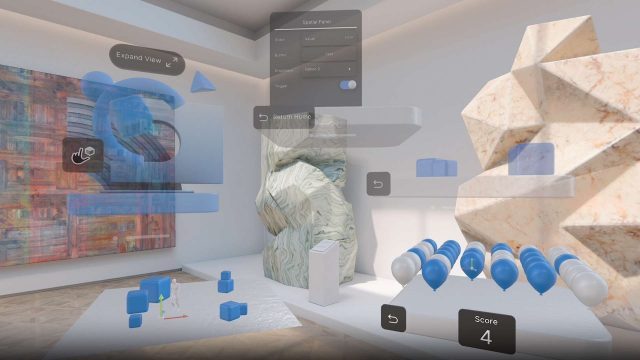Unity has officially launched 1.0 support for visionOS, making its now Vision Pro-compatible game engine available to all Unity Pro, Enterprise, and Industry subscribers.
Unity announced in recent a blog post that support for visionOS is now out of beta, which lets paid users create three main types of XR experiences: mixed reality apps, fully-immersive virtual reality apps, and 2D windowed content that is resizable and repositionable by the user.
Beta users included Light Brick Studio, which ported LEGO Builder’s Journey to Vision Pro, and TRIPP, the studio behind the titular meditation app. Both TRIPP and Lego Builder’s Journey are available on the Quest platform.
Some of the key features of its Unity’s 1.0 visionOS support include ‘Play to Device’, which allows live-previewing of content on the visionOS simulator, or Apple Vision Pro within the Unity Editor. For VR experiences, developers can access device-specific features like foveated rendering and MSAA, enhancing visual quality and performance.
Notably, development for visionOS is limited to Mac computers with Apple silicon. To start building spatial apps for Apple Vision Pro with Unity, developers need to download the latest Unity version, ensure visionOS build target installation, and follow the setup process provided in the visionOS template. Check out the full guide here.
Unity suffered some pretty serious backlash when it announced back in September it was ready to levy significant fees on developers. The company has since reversed its stance on pricing, and also saw CEO John Riccitiello step down as a result.
Last we heard, Unity’s main competitor Unreal Engine from Epic Games was exploring native Unreal Engine support for Vision Pro, however Epic hasn’t made any announcements on when/if that will come.



